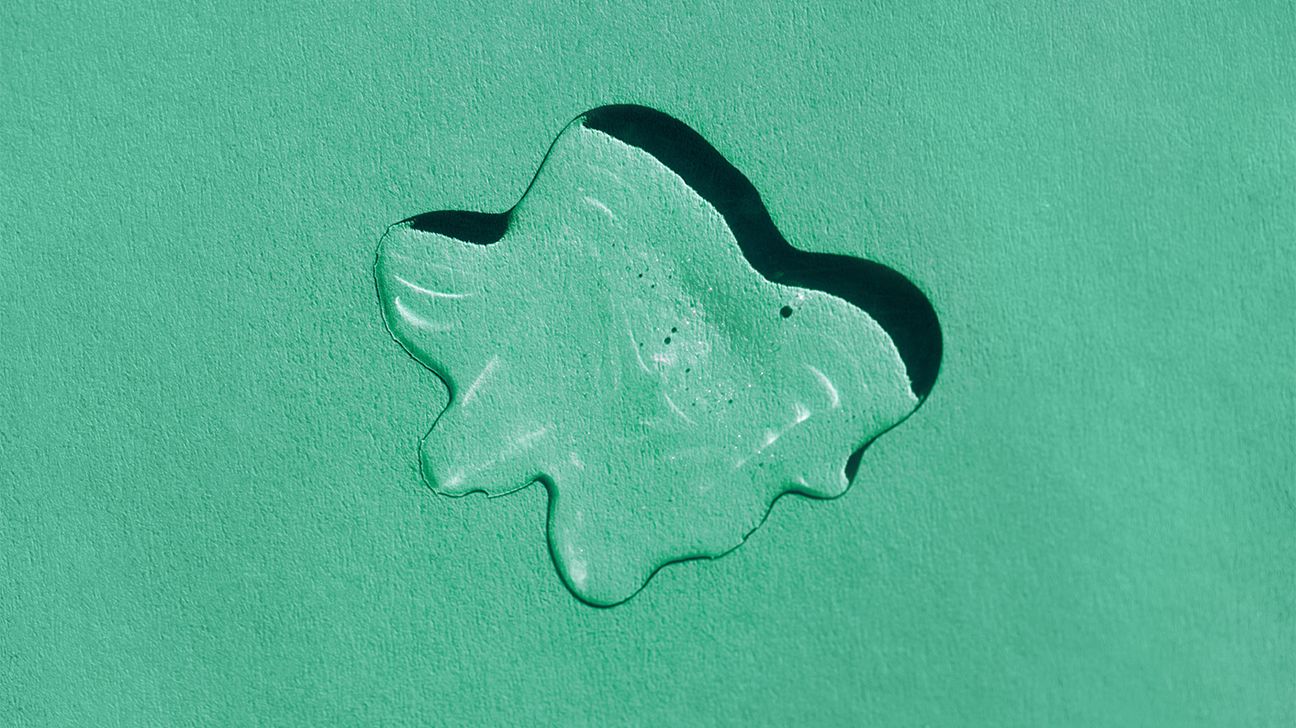

While research suggests there are health benefits, the FDA doesn’t monitor or regulate the purity or quality of essential oils. It’s important to talk with your healthcare provider before you begin using essential oils and be sure to research the quality of a brand’s products. Always do a patch test before trying a new essential oil.
It seems there are essential oils for a slew of sh*t these days. Some may be used for things like headaches, psoriasis relief, and more. Some are even said to be a handy little extra for your ADHD toolkit.
Turpentine is a pretty strong and versatile oil — maybe you’ve heard of her. This one is more commonly known in the art world though; good for things like cleaning brushes after using oil-based paints.
This means turpentine is not your typical addition to a home essential oil kit.
In fact, turpentine isn’t actually something you can even buy from trusted essential oil manufacturers.
Fast Facts on TurpentineWhat is turpentine oil? A colorless liquid is made during the harvesting of pine trees and is often used for medicinal purposes, such as treating infections and certain types of pain.
Benefits of turpentine oil:
Is turpentine oil safe? Applying small amounts of turpentine oil to the skin and inhaling small amounts can be safe, but only after consulting with a doctor, since it can cause severe reactions. However, it should never be taken by mouth or given to children.
Side effects of turpentine oil:
Keep reading to learn more about turpentine, the safety concerns around it, and how it’s different from pine essential oils.

Let’s be clear, turpentine is not *the* essential oil made from pine trees.
Turpentine oil is produced from the resin of particular pine trees.
Although it’s been known for certain medicinal uses, there are some glaring safety issues around it, which we’ll get to in a sec.
Pine oil, on the other hand, is a derivative of pine tree needles, famous for its strong, Christmas-tree-like aroma.
Put in a diffuser, pine essential oil can fill a room with an awesome scent, and it also works well in some cleaning products and is overall a safer way to achieve that “woody” scent with your diffuser.
You may have also noticed lots of pine essential oil anecdotes floating around online, with claims that it can offer some health benefits too.
Unfortch, there’s a major lack of science behind these right now.
Of course, like with all types of essential oils, there are possible side effects to consider with pine oil too (redness, itchiness, hives, etc.).
If you’re allergic to pine trees, it’s obvi best to keep your distance from pine oil, babe.
It’s important to point out that there’s no scientific support for these uses right now.
It’s commonly used in the cosmetic world, tossed into products like perfumes, sprays, deodorizers, and stimulating ointments (think Vicks chest rubs) and even found in soaps. It can also act as a paint solvent.
When turpentine is found in perfumes, foods, and cleaning supplies, it’s thanks to its fragrance. It can also be distilled and slapped into some foods and drinks for flavoring (the more you know!). Though, please don’t go drinking turpentine oil — it can be extremely toxic.
Effects of turpentine oil on the bodYou already know this bad boy can be applied to the skin and be inhaled since that’s what chest rubs are known for.
When it’s used topically on the skin, it can also be handy with pain relief and reducing redness in the applied area.
When turpentine oil is inhaled (safely), it may help lower congestion for some cold or allergy relief. Though you’ll likely enjoy pine essential oil better for these purposes.
We need more research to seal the deal on turpentine’s true effectiveness in these areas, but it’s sometimes used to treat: